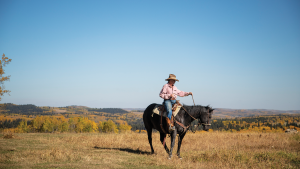Pucker up!
Have you ever visualized a dinosaur with lips? Likely not, but a new study suggests that the Tyrannosaurus rex and velociraptor may have had them! Historically, dinosaurs were thought to have exposed teeth similar to modern crocodiles. However, an international team of paleontologists — including Canadian Derek Larson of the Royal B.C. Museum — have recently found evidence that instead of large, exposed teeth, these dinosaurs actually had lips covering them.
This new discovery is a step toward revealing a more accurate depiction of these long-extinct creatures. It could alter future reconstructions of the dinosaurs, ultimately changing how we visualize the creatures.
Perhaps these dinosaurs aren’t entirely the toothy monsters that we’ve come to know in pop culture, but they probably weren’t kissing machines either — dino lips were not luscious, or plump. Instead, they were likely thin and similar to those of modern lizards.








